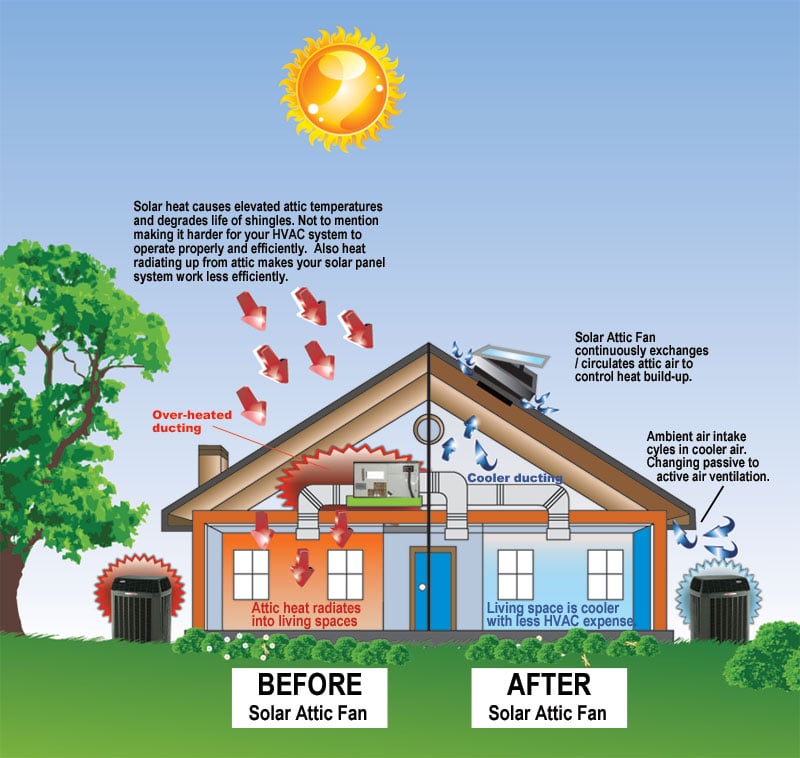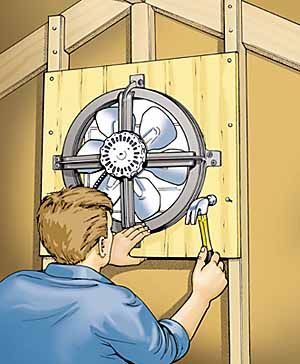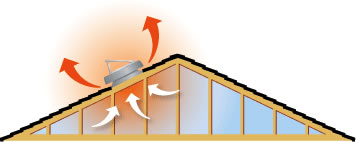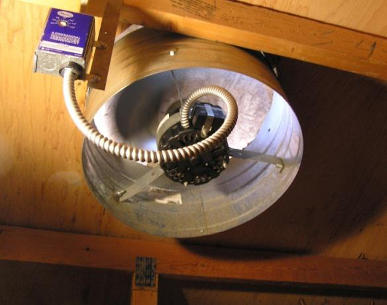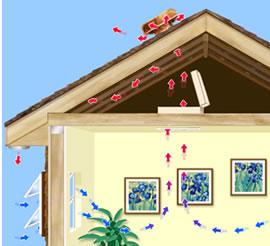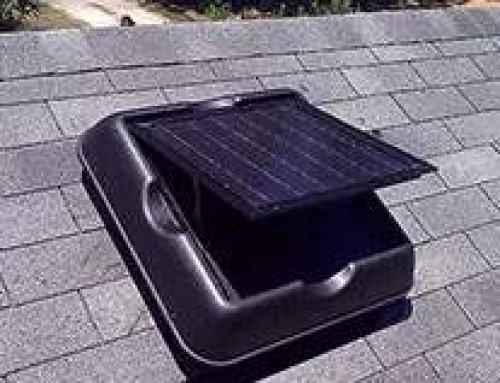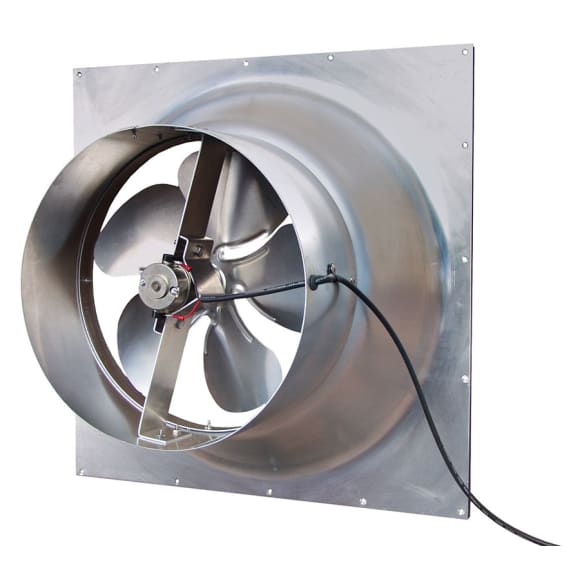Attic Fan Basics

Solar attic fans do just that.
Attic fan basics. Roof mounted attic fans require a vent hold near the top of the roof where the fan can sit over the vent on a plastic or metal base. Designed for attic spaces up to 2 088 square feet master flow s unit can remove a large volume of hot air at a rate of 1 500 cfm. We like master flow s model for its easy installation and efficiency. When working with electricity always.
Test the wires to ensure the power is off. Most solar attic fans are surface mounted meaning that they are installed directly through the roof surface where they are most efficient. An attic fan can be gable mounted or roof mounted. Installing an attic fan step 1.
Turn off electricity at the main fuse box or circuit breaker box that controls the power to the fixture or the room you re working on. To lower attic temperatures and to remove excess moisture. Lowering the temperature in the attic can help reduce air conditioning energy costs and roof deck temperature optimize the service life of a roof covering and minimize ice damming. How to test an attic fan motor and thermostat.
It s just like a chimney in your home. Attic ventilation works on the principle that heated air naturally rises primarily utilizing two types of vents. A fan that won t run is often caused by a failed motor or a bad thermostat. You also want a fan that s appropriate for the square footage of your attic space by checking the manufacturer s specifications.
The attic fan has a flashing that fits in with the shingles and is water proof. Intake vents located at the lowest part of the roof under the eaves allow cool. An attic fan installed underneath a roof. Ideally air comes in the bottom and out the top.
A thermostat is used to automatically turn the fan off and on while sometimes a manual switch is used. Installing the shutter center the front of the automatic shutter over the vent hole make sure the shutter s. Installing the shutter if the existing gable vent is smaller than the diameter of the fan you ll need to remove. Attic ventilation serves two main functions.
Attic ventilation should be very simple. As the attic space warms up from the irradiation of the sun the ventilation port opens wider to allow the solar fan to move more warm stale air out of the attic area. It goes on and off automatically with a thermostat so it only runs when it is beneficial.
